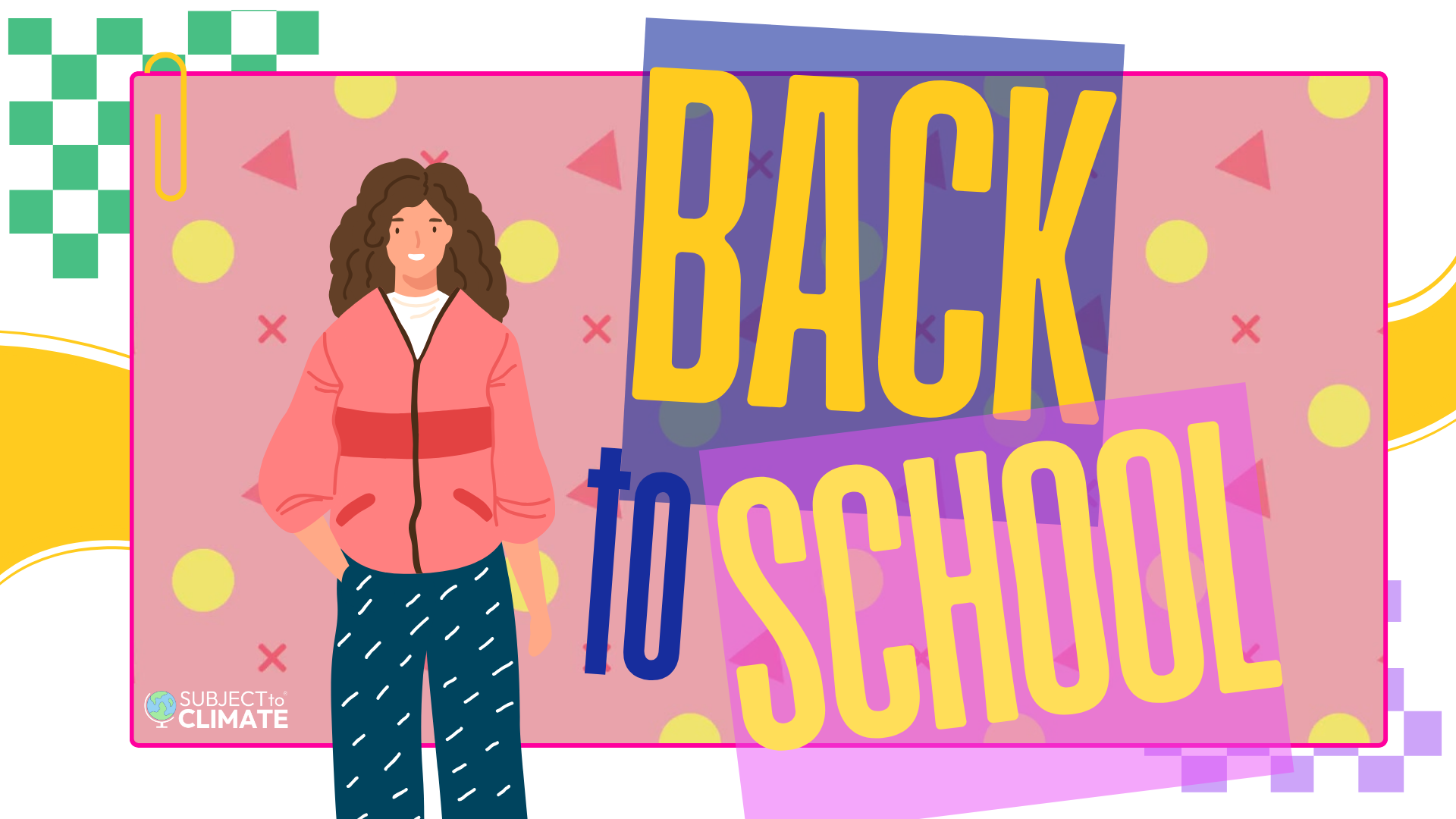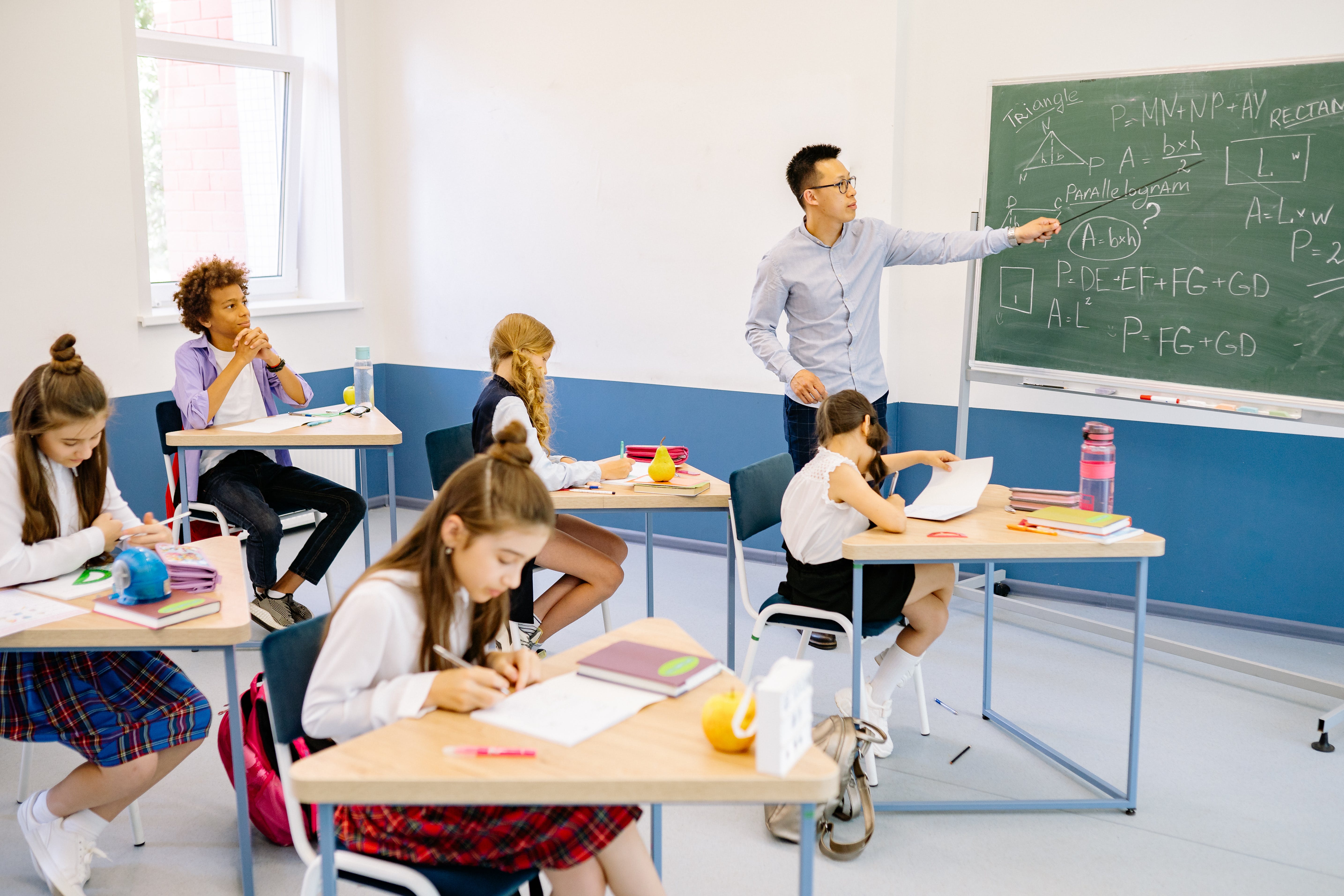About This Lesson
Access Free Lesson Plan Here: https://bit.ly/3DZJ5XJ
In this lesson, students learn about the harmful effects of fast fashion on the environment and discover ways they can increase their own personal responsibility concerning fashion sustainability.
Step 1 - Inquire: Students discover the origin of the clothing they personally wear and speculate about possible connections to climate change.
Step 2 - Investigate: Students analyze an editorial and a video detailing the connection between fashion production, carbon emissions, and human rights.
Step 3 - Inspire: Students calculate their fashion footprint and write a paragraph identifying choices they or others can make that promote fashion sustainability.
Learning Outcomes
Students will be able to:
- Understand the differences between fast and sustainable fashion.
- Identify tangible choices they can make relating to fashion sustainability.
- Identify elements of effective persuasive writing.
- Write a well-constructed paragraph that integrates a personal narrative and supporting evidence.
More Free Stuff!
Free News Articles for Students













